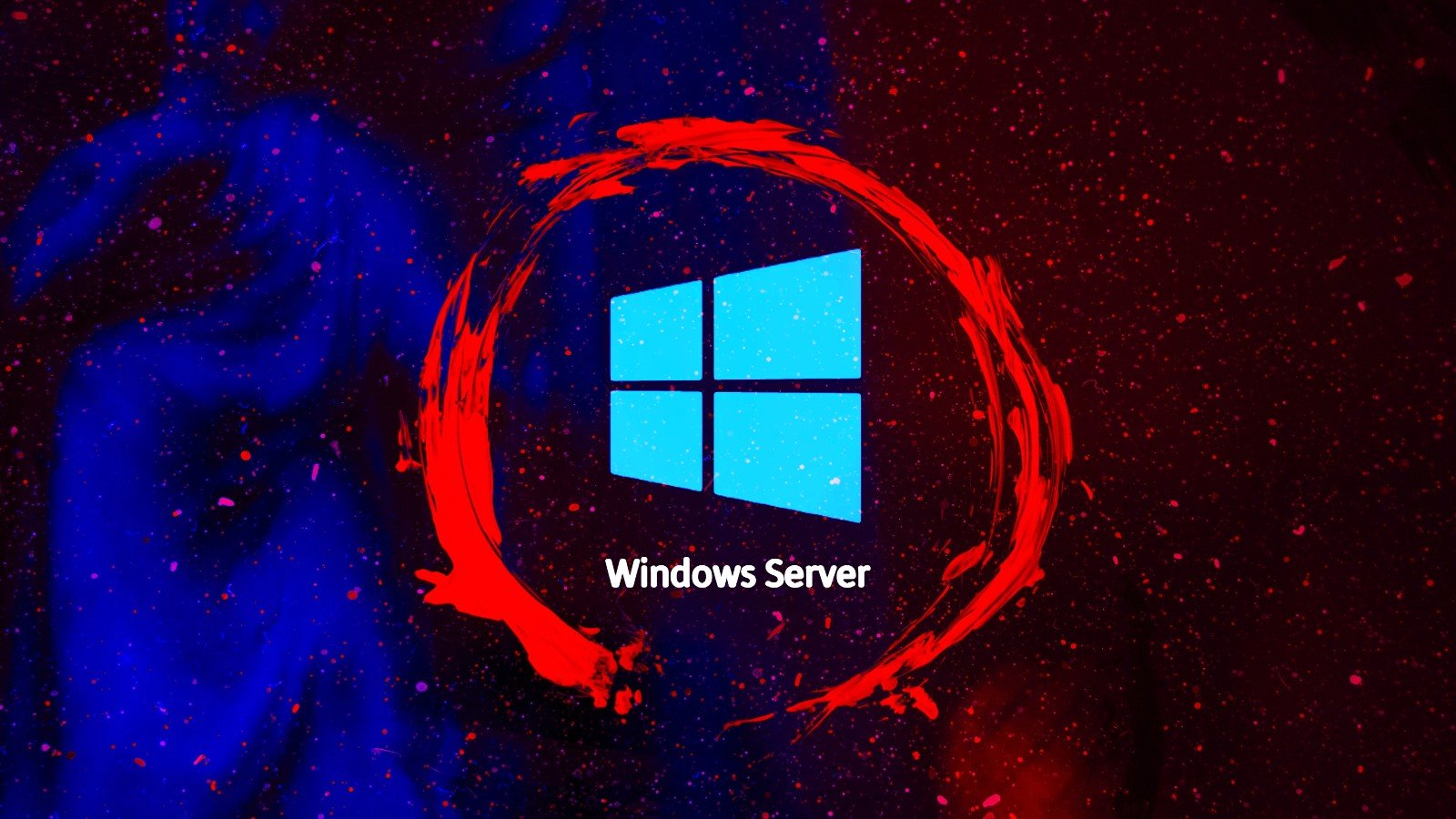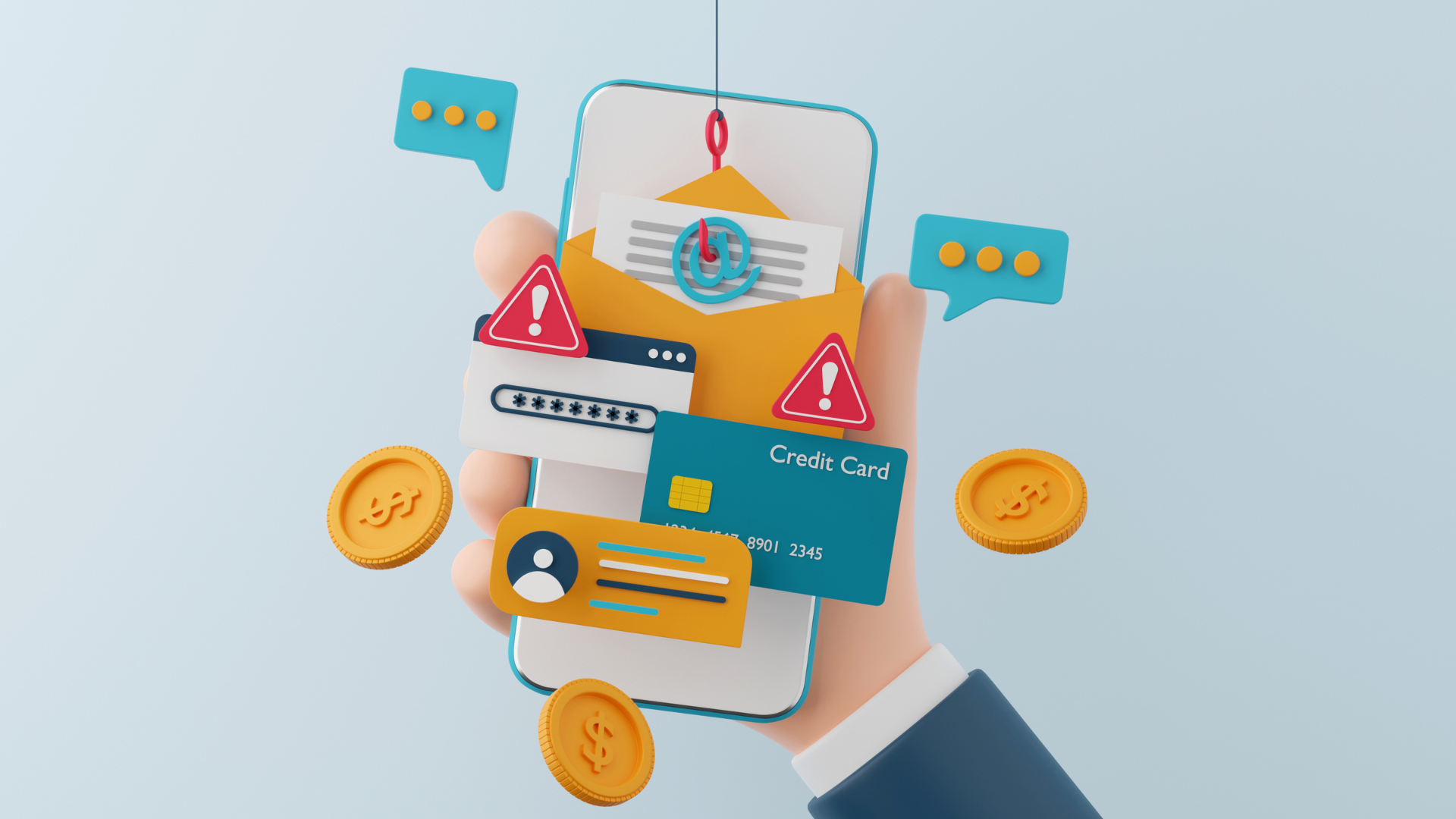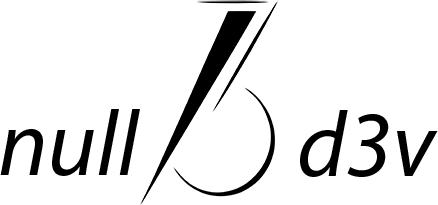Top 8 Big Data Analytics Tools and Solutions to Watch in 2023
Discover Top Data Analytics Tools: Features, Advantages, and Finding the Right Fit for Your Business Needs
1. Google Looker: Best for integrated data infrastructure
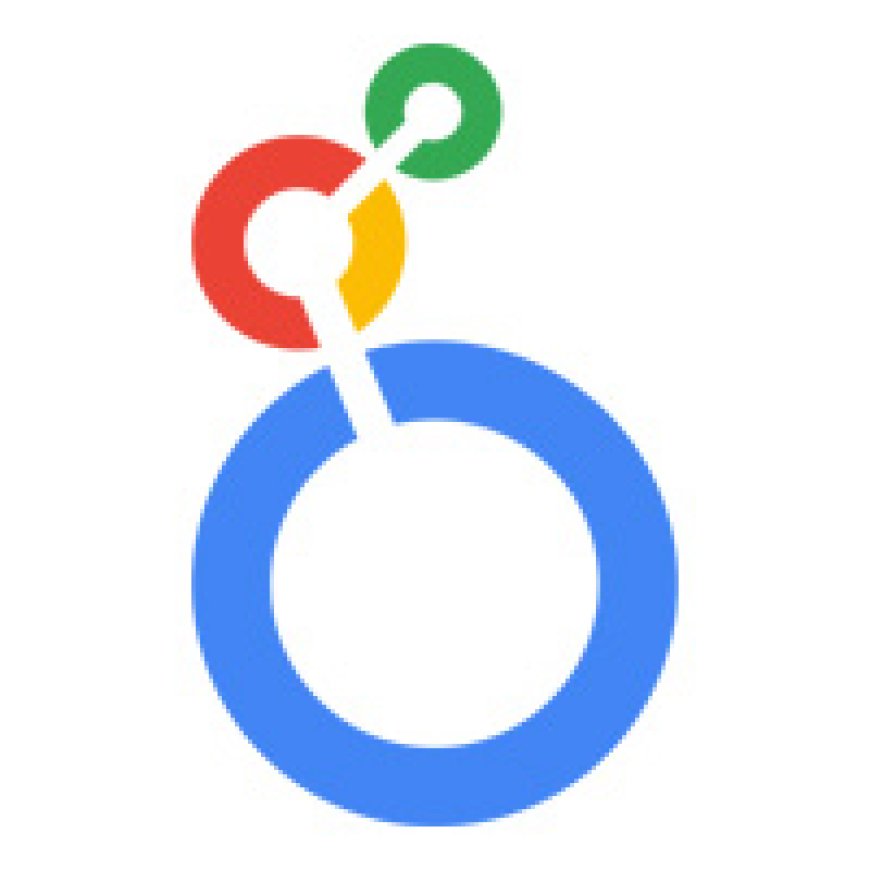
Looker Studio emerges as a cutting-edge platform that revolutionizes how businesses harness the power of their data. As part of the Google Cloud suite, Looker extends beyond traditional data analysis by offering an integrated approach to data infrastructure. It stands out for its robust data modeling language, LookML, which allows for intricate data exploration and the development of powerful data experiences. Looker’s commitment to enabling real-time analytics makes it a top choice for businesses seeking to integrate analytics into their daily workflows seamlessly.
Pricing
Looker’s premium tiers are the Standard, Enterprise and Embed editions, which offer custom pricing that its sales team is happy to discuss.
Features
- Integrated data platform with BI and big data analytics capabilities.
- Real-time data exploration and reporting.
- Customizable data modeling language (LookML).
- A template gallery (Figure A) and advanced data visualization tools.
Pros
- Seamless integration with Google Cloud Platform services.
- Highly scalable with strong security features.
- Collaborative environment with shared dashboards and reports.
Cons
- Steeper learning curve due to LookML.
- Pricing can seem complex.
Why we picked Google Looker
Google Looker’s integration with Google’s advanced AI and machine learning tools, coupled with its powerful data modeling capabilities, positions it as a leader for teams that demand cutting-edge data infrastructure integrated with their analytics.
2. Zoho Analytics: Best for self-service BI

Zoho Analytics is a self-service BI and data analytics software that democratizes data analysis, making it accessible to all levels of business users. With its AI-powered assistant and an extensive array of data connectors, Zoho Analytics simplifies the complex process of data gathering and interpretation. It’s designed to empower teams with data without investing heavily in training or technical support, making it a standout choice for user-friendly analytics.
Pricing
Zoho Analytics has 5 paid plans, Basic at $22 per month, Standard at $45 per month, Premium at $112 per month and Enterprise at $445 per month, all billed annually. The fifth plan is Custom, which requires you to share your requirements with Zoho and get a quote.
Features
- Self-service BI and analytics platform.
- AI-powered assistant for data analysis.
- Wide variety of data connectors for various business apps and utilities.
- Collaborative workspace (Figure B) with embedded and shared analytics.
Pros
- User-friendly interface suitable for non-technical users.
- Strong mobile BI capabilities.
- Clear and flexible pricing.
Cons
- Customization can be limited compared to other platforms.
- Some users may require more advanced analytical capabilities.
Why we picked Zoho Analytics
We picked Zoho Analytics for its integration with the Zoho ecosystem, alongside its user-centric design and intelligent features. Plus, its affordability and ease of use do not come at the expense of powerful analytical capabilities.
3. Tableau: Best for data visualization
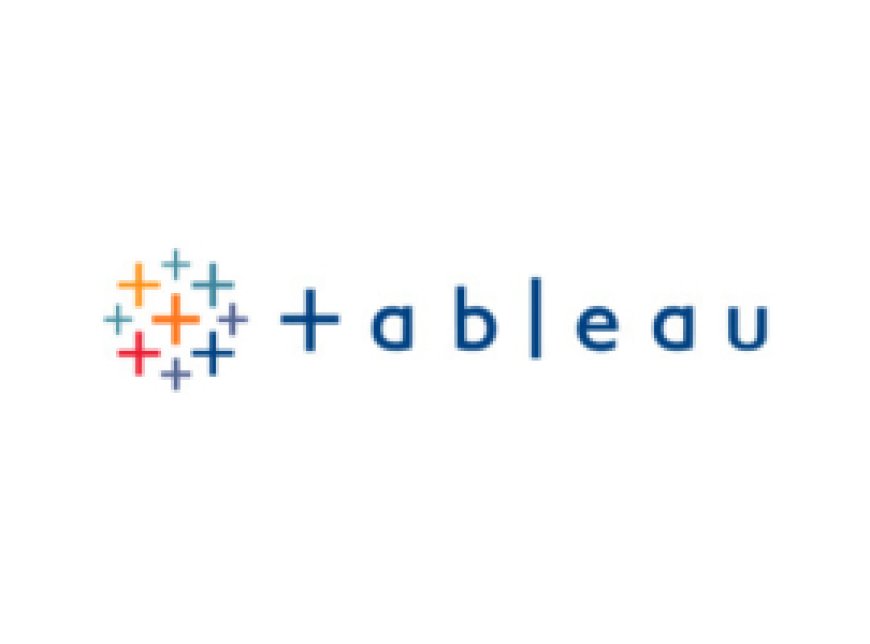
Tableau has set the standard for data visualization with its intuitive interface and powerful analytical capabilities. It’s a tool that transforms the way businesses think about data, turning complex datasets into compelling visual stories. Tableau’s ability to connect with almost any data source and its strong mobile capabilities make it a top choice for organizations that value visual data interaction and on-the-go access.
Pricing
Tableau has 3 paid plans, Viewer, Explorer and Creator, which are priced at $15, $42 and $75 per user per month, respectively, when billed annually.
Features
- Intuitive drag-and-drop interface for data visualization (Figure C).
- CRM analytics for actionable insights for Salesforce CRMs.
- Robust mobile app with offline capabilities.
- Tableau Prep for data cleaning and preparation.
Pros
- Visually appealing interface.
- Strong community and support resources.
- Continuous innovation with regular updates.
Cons
- Can become expensive as user count and data volume grow.
- Some complexities in server management for the on-premises version.
Why we picked Tableau
Tableau is our pick for its unparalleled data visualization capabilities that serve a wide range of business needs. From individual analysts to enterprise-wide deployments, Tableau offers a flexible and user-friendly platform that makes it a leader in transforming data into actionable insights.
4. Qlik: Best for associative analytics
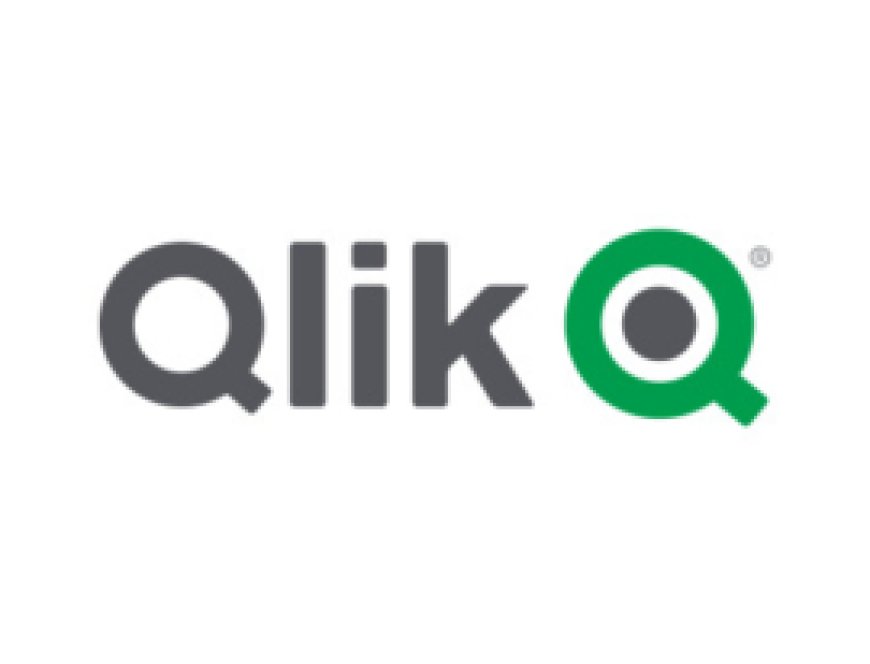
Qlik stands apart in the big data analytics space with its associative analytics engine, which allows users to explore data without the limitations of query-based tools. This unique approach enables a more natural discovery of insights. A business that wants to foster a data-driven culture without constraining its exploration to predefined paths should definitely consider Qlik.
Pricing
Qlik has three plans, Standard, Premium and Enterprise which requires you to contact Qlik for a quote. The Standard and Premium plans cost $20 per user per month and $2700 per month respectively when billed annually.
Features
- Associative analytics engine.
- Data integration and preparation capabilities.
- Advanced augmented analytics (Figure D) with Qlik Sense.
- Flexible deployment options (on-premise, cloud or hybrid).
Pros
- Unique associative model allows for data discovery without predefined queries.
- Scalable architecture suitable for enterprises.
- Strong emphasis on data literacy through Qlik’s educational resources.
Cons
- The pricing model can be complex.
- Some users find the interface less intuitive than competitors.
Why we picked Qlik
We picked Qlik for its innovative associative engine that changes the way users interact with data. It’s perfect for teams that require a solution that promotes free-form data exploration and insight generation.
5. Power BI: Best for Microsoft integration

Power BI is Microsoft’s flagship analytics service, offering deep integration with the Microsoft ecosystem, including Azure and Office 365. It’s a thorough solution that brings AI-powered analytics and an extensive visualization library to the fingertips of its users. Power BI’s ability to seamlessly mesh with existing Microsoft applications makes it a top choice for businesses heavily invested in the Microsoft suite.
Pricing
Aside from a free plan, it offers a Pro and Premium plan, of which the latter is split into three categories. The Pro plan costs $10 per user per month, while the Premium plan starts at $20 per user per month.
Features
- Deep integration with Microsoft products.
- AI-powered analytics.
- Extensive visualization (Figure E) library.
- Power BI Desktop for offline data analysis.
Pros
- Seamless integration with Excel and other Microsoft Office products.
- Competitive pricing, especially for Office 365 users.
- Strong security features with Azure integration.
Cons
- Can be challenging to manage at scale without proper governance.
- Limited the free version.
Why we picked Power BI
Power BI’s integration with Microsoft products makes it the best choice for teams looking for a BI solution that works cohesively with their existing Microsoft infrastructure. Its affordability and robust feature set make it hard to ignore for a wide range of business analytics needs.
6. Sisense: Best for large-scale data environments
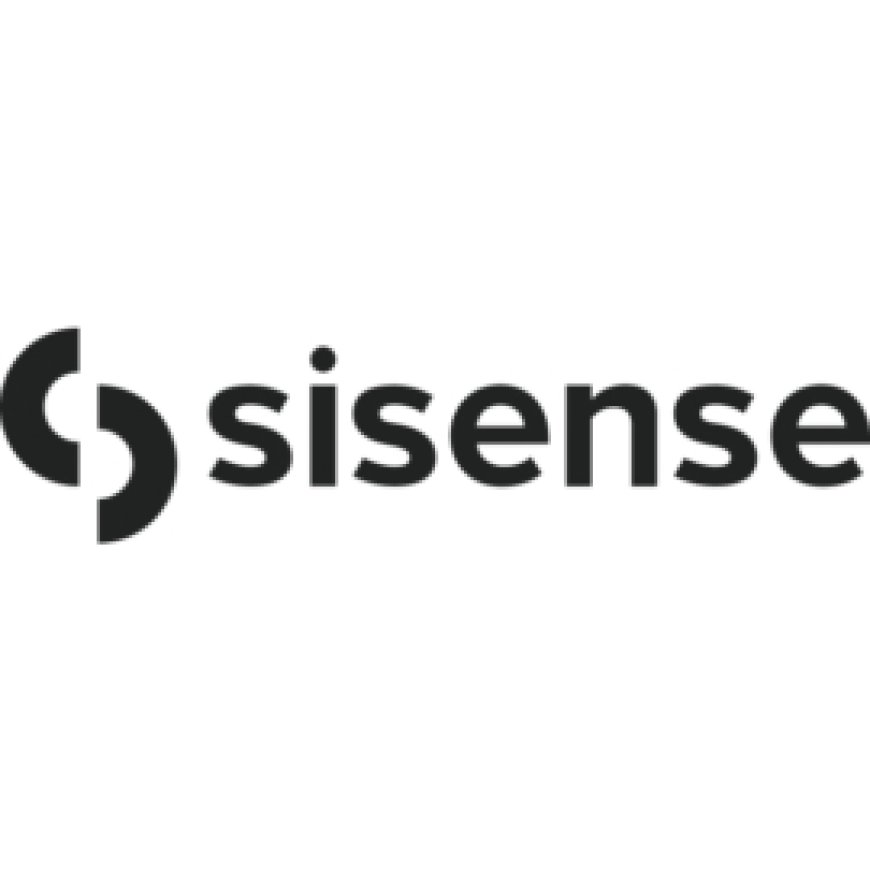
Sisense is tailored for performance in large-scale data environments, offering an end-to-end data analytics platform that excels in processing vast datasets. Its in-chip technology and ability to customize dashboards and analytics make Sisense a top choice for enterprises that deal with complex data and require rapid, in-depth insights.
Pricing
Sisense offers custom pricing, meaning you have to contact them for a quote.
Features
- End-to-end data analytics platform.
- Drag-and-drop interface for building dashboards.
- In-chip technology for fast data processing.
- Natural language query (Figure F) capabilities.
Pros
- Ability to handle large volumes of data with quick processing times.
- Highly customizable dashboards and analytics.
- Strong API for integration with other applications.
Cons
- May require more IT involvement for setup and maintenance.
- Custom pricing model may seem opaque.
Why we picked Sisense
Sisense is our choice for its fast data processing and customization capabilities, which are essential for businesses that handle large-scale data operations. It’s particularly suited for any team that needs a powerful, agile BI tool that can keep pace with their data demands.
7. Apache Spark: Best for open-source big data processing
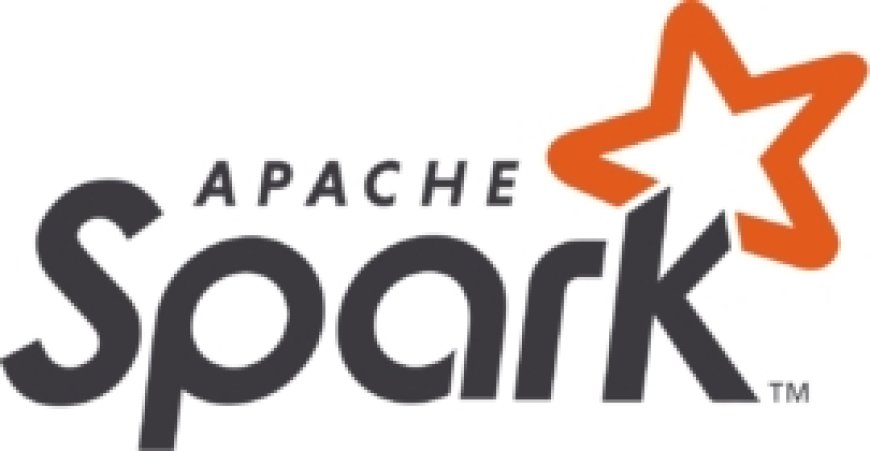
Apache Spark is the leading open-source engine for large-scale data processing, known for its speed and ease of use. It supports a wide array of tasks — from batch processing to real-time analytics and machine learning — making it a versatile choice for businesses that need a robust, scalable data processing platform.
Pricing
Apache Spark is free and open source.
Features
- Open-source, unified analytics engine for large-scale data processing.
- Supports SQL analytics, streaming data, machine learning and graph processing.
- Data science on petabyte-scale data.
- Can be run in standalone mode or on various cloud platforms.
Pros
- Exceptional processing speed for large datasets.
- Versatile with support for multiple programming languages.
- Strong community support and continuous development.
Cons
- Requires significant resources and expertise to manage effectively.
- Not a complete BI solution; often used in conjunction with other tools.
Why we picked Apache Spark
Apache Spark is chosen for its exceptional processing capabilities and open-source nature, which offers businesses a flexible and cost-effective solution for their big data needs.
8. Domo: Best for real-time data collaboration
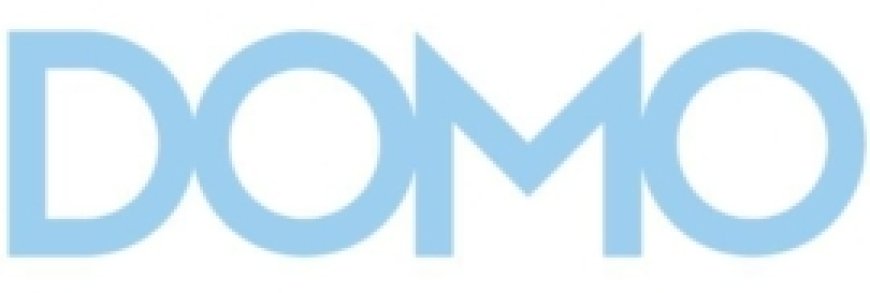
Domo specializes in real-time data collaboration, offering a cloud-based platform that integrates various data sources for a cohesive analytics experience. With its emphasis on collaborative tools and a user-friendly interface, Domo is great for organizations that prioritize agility and want to make data the centerpiece of their decision-making process.
Pricing
In addition to a free plan, Domo has three paid plans, Standard, Enterprise and Business Critical. The Standard plan starts at $300 per month while the remaining plans need prospective clients to talk to Domo sales for a quote.
Features
- Cloud-based business intelligence and data visualization (Figure H) platform.
- Over 1,000 connectors for integrating various data sources.
- Real-time data refresh and collaboration features.
- Custom app development with Domo’s Appstore.
Pros
- Comprehensive platform with a wide range of capabilities.
- Strong focus on collaboration and actionability of data.
- User-friendly interface with drag-and-drop functionalities.
Cons
- Can be expensive for small businesses.
- Some users may find the platform overwhelming due to its breadth of features.
Why we picked Domo
Domo is our pick for its comprehensive platform that not only excels in data integration and visualization but also in fostering a collaborative data culture within organizations.





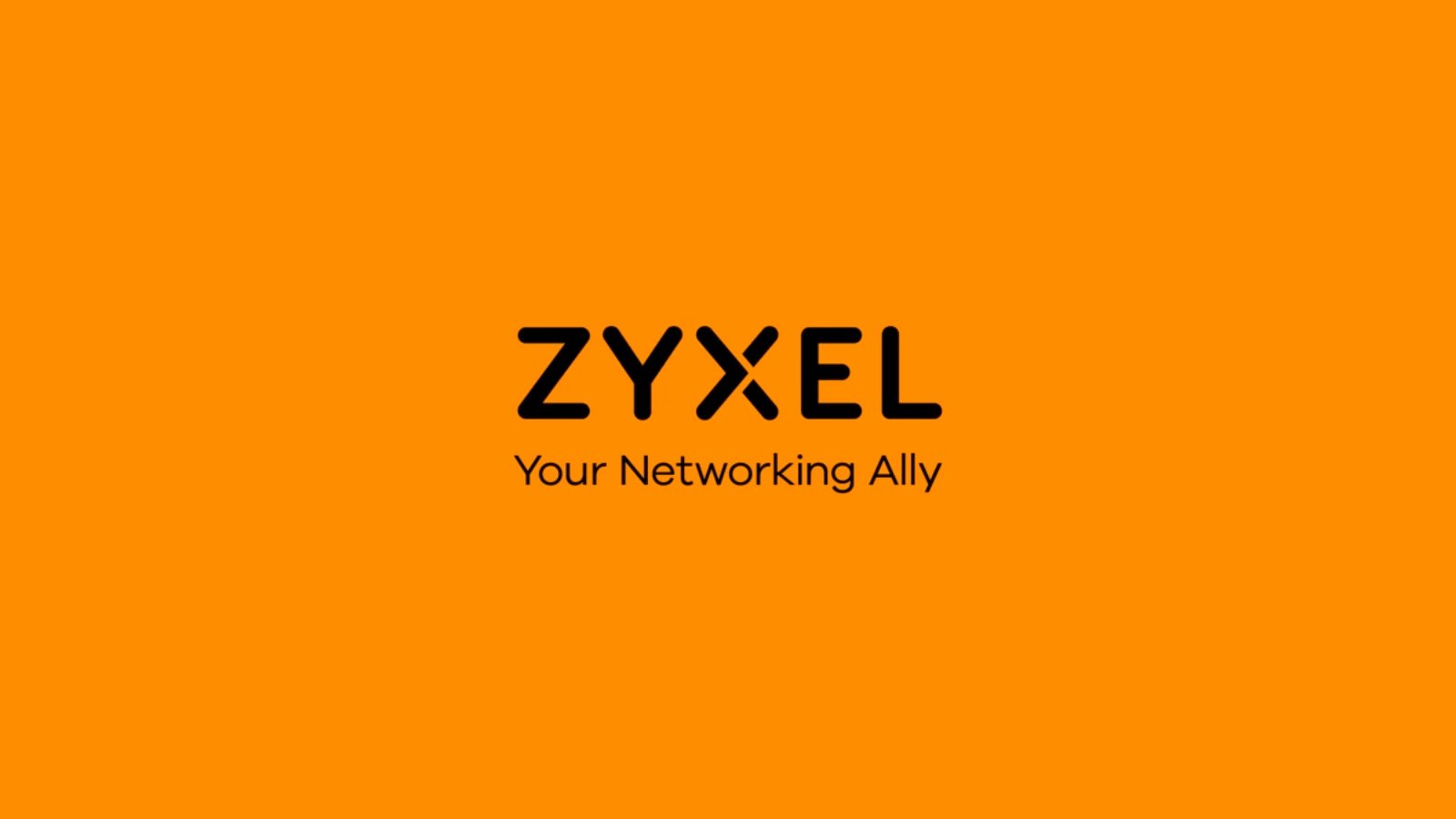

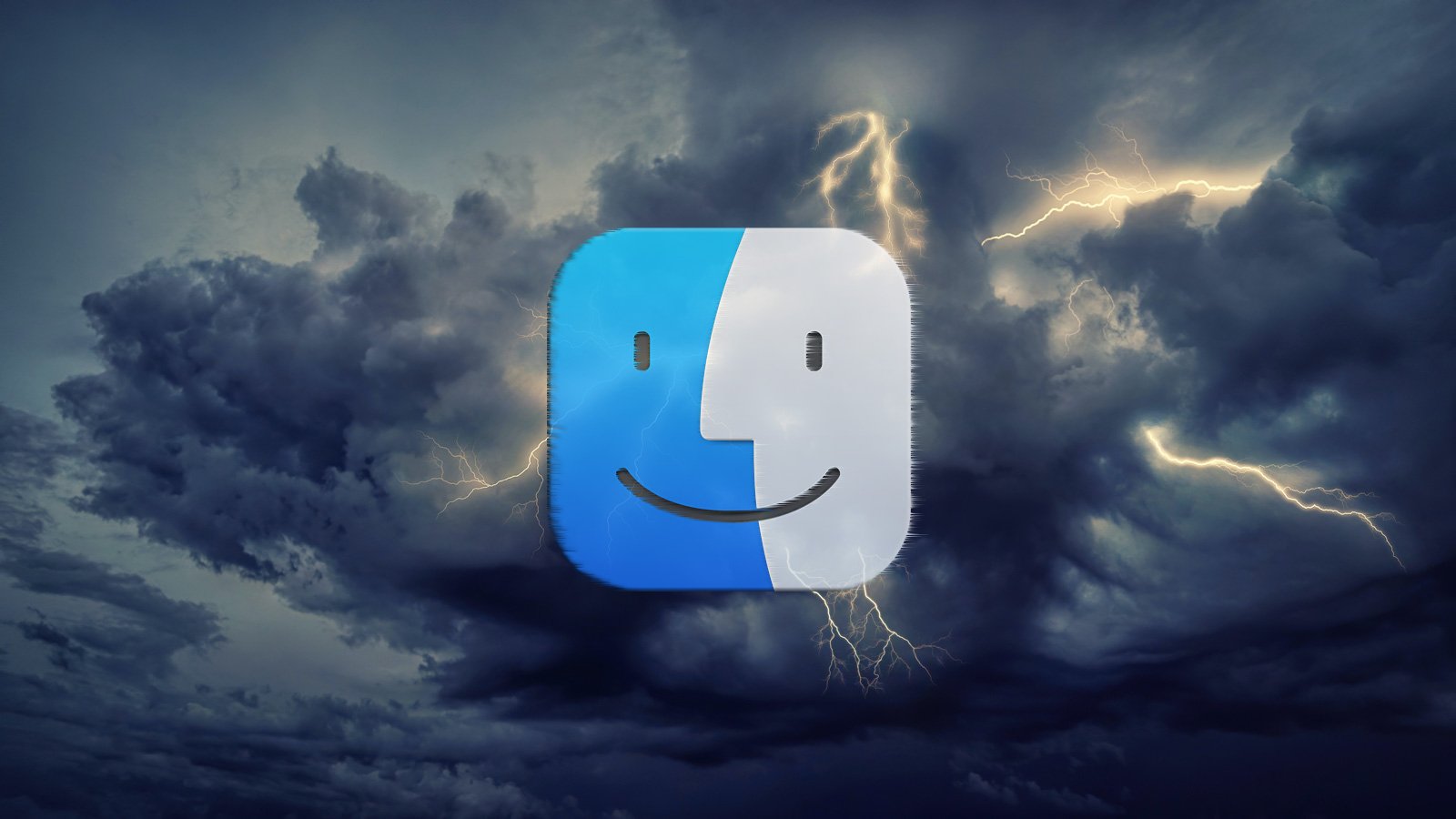













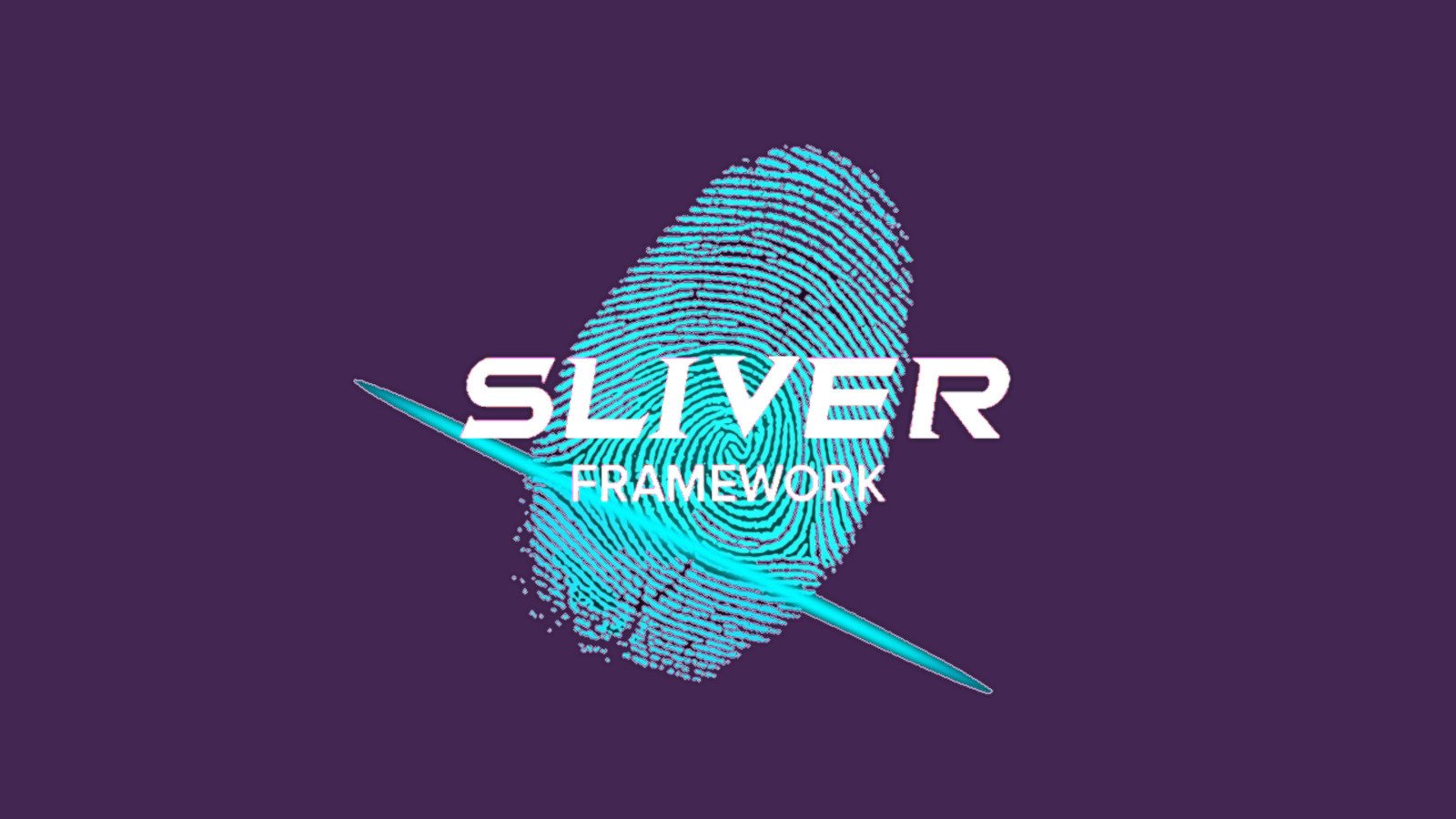
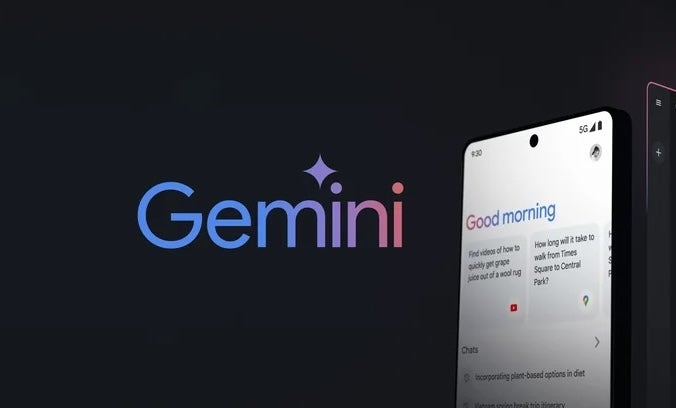

![Largest Data Breaches in US History [Updated for 2023]](https://nulld3v.com/uploads/images/202311/image_430x256_654e69df8d469.jpg)



